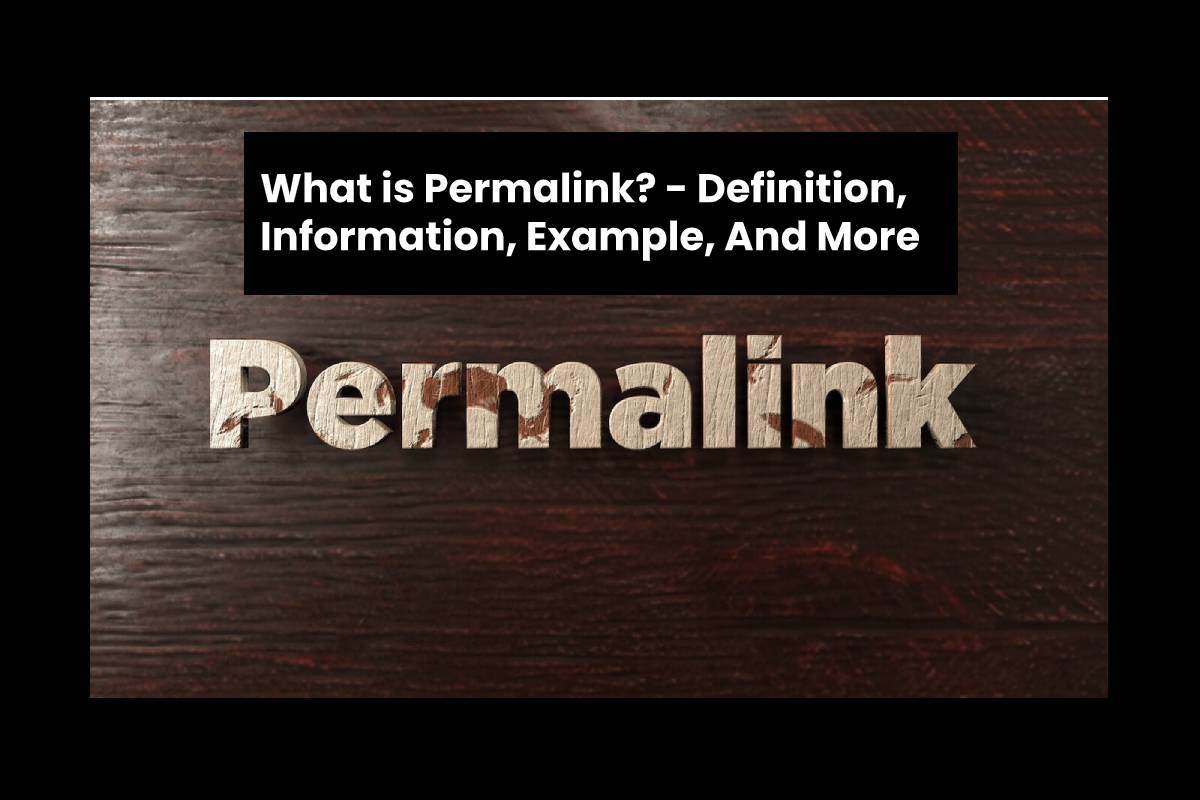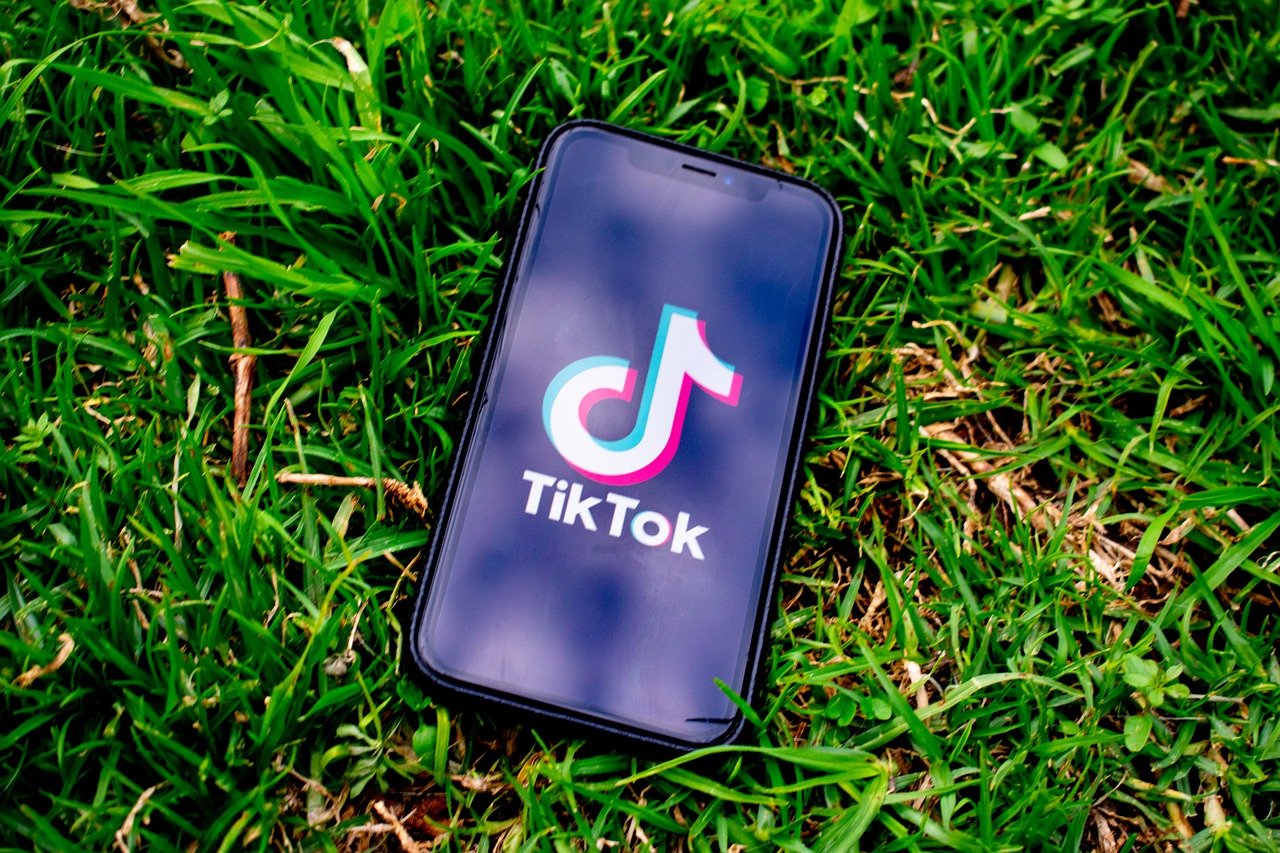

Unlocking Permalinks: What, Why, and Real‑World Examples
Permalink: The Backbone of Your Website’s Navigation
What Is a Permalink?
A permalink (short for permanent link) is the URL that points to a specific piece of content on your site—think of it as the address of your favorite coffee shop that never changes, no matter where you go. Once you publish a post, its permalink becomes its official home address on the internet.
Why It Matters (and How It Plays with SEO)
- Consistency Is Key: Google loves stable URLs. It’s easier for search engines to index and bookmark your content when the link stays the same.
- Backlinks Get a Boost: When other sites link to your content, they’ll ideally use the permalink. If the address shifts, those links become dead ends or get misrouted.
- Readability Rocks: A clean, descriptive permalink makes it clear to visitors (and bots) what the page is about. Something like myblog.com/seo-tips-2025 beats myblog.com?post=12 any day.
Common Mistakes That Grub Your Permalink’s Soul
Just like you’d hate a towel that’s muggy and smelly, you’d hate a permalink that’s messy. Here’s what to avoid:
- Changing the permalink after publishing. It’s like moving your house without telling anyone!
- Embedding dynamic parameters (e.g., ?id=1234). They’re fine for session tracking, but not for permanent URLs.
- Using special characters or spaces. Stick to hyphens and lowercase letters.
Turning Permalink Chaos into Harmony
- Create a logical structure: Site / Category / Post title.
- Keep it short yet descriptive. A tidy 10–25 characters works best.
- Set up 301 redirects when you must change them—this keeps traffic flowing where you want it.
Pro Tip: Add a dash of humor to your permalink keys.
Instead of myblog.com/how-to-cook-egg, try myblog.com/egg-101. It’s short, sweet, and brings a grin.
Wrapping Up
So, the next time you see a permalink, remember it’s more than an address—it’s a promise that your content will be there, always. Treat it with respect, keep it tidy, and watch your SEO sipping a latte in a sunny courtyard. Happy linking!
Definition Permalink
What’s a Permalink Anyway?
Ever clicked on a link that, no matter how many times you refresh, stays exactly where it was? That’s the magic of a permalink—a URL that won’t quit wherever it’s pointed. It’s like the “permanent resident” of the web, always ready to deliver the content it was created for.
- Unique ID: Each permalink is the one‑and‑only link for a particular piece of content—no more double‑click confusion.
- Forever‑linked: It doesn’t vanish or spin off to a new address. Think of it as a cosmic commitment ring for webpages.
- Direct Delivery: You can hit the URL and straightaway land on the exact content you need—no detours, just a straight shot.
General information
Why the Web Feels Like a Moving Target
Ever opened your favorite blog and found the content you were looking for vanished? That’s the everyday reality of a web that’s constantly rewriting itself. New articles push older posts out of sight, wikis shift their drafts to new pages, and news sites update their headlines faster than you can say “last minute.”
The Problem with a Moving Web
- Blog & News Chaos – Every time a fresh article appears, it slides to the top, pushing older posts further down the page until they’re buried under the latest gossip.
- Wiki Whiplash – Articles get reorganized, links updated, and the original editions become hard‑to‑find memory traps.
- Directory Drift – Web directories constantly shuffle and reclassify pages, making the path to a specific resource feel like a maze.
Enter the Permanent Link: Your Web Anchor
When the digital world feels ever‑shifting, a permanent link (also known as a permalink) steps in like a stubborn rock in a tide of change. Here’s why it matters:
- Consistent Identifier – The link’s address stays the same, whether the article moves or gets updated. Think of it as putting a GPS coordinate on your favorite article.
- Search‑Engine Friendly – Search engines love static URLs because they know exactly what to index and retrieve.
Uniform Resource Identifiers (URIs): The Real MVP
At the core of permanent links is the concept of Uniform Resource Identifiers (URIs). They’re unique codes that map to a specific resource on the internet. For many you’ll encounter them wrapped in the familiar URL format:
https://example.com/some-article – Just a quick glance, and you know exactly where to land on the web.
Why You Should Start Using Permalinks Today
- Share with Ease – No more scrambling through browser tabs to forward the exact same piece of content.
- Future‑Proofing – Even if the article moves or the site layout changes, the permalink stays as a steady buddy.
- Reader Confidence – Think of it as the “safety net” that ensures your audience can find you again.
So next time you’re tempted to click that “screenshot” of an article or pause for text, remember the humble permalink—your trusty compass in the wild, ever‑changing web.
Example
What’s the deal with Permalinks?
Think of permalinks as a permanent address for a single news story. It’s like giving your favorite song a final, unchanging URL so anyone can find it whenever they want.
Why we need them
- Stability: The link stays the same, no matter how the site changes.
- Sharing: Friends and reporters can point straight to the story without fuss.
- SEO bonus: Search engines love clear, descriptive links.
Examples in plain English
Check out this simple structure:
- Simple list of all news: www.example.com/news
- One specific story, say the one from March 14 2018: www.example.com/news/20220314-something-today
- Even better if the URL explains the story – e.g. www.example.com/news/facebook-acquires-whatsapp – so anyone can tell what the link is about just by looking at it.
How web‑strategists usually do it
The most common method is to use a semantic URL that contains the keywords. On huge sites, you might also add a tiny unique number so the system remains fast.
Bottom line: just pick a link that won’t change, tells a story, and is easy to copy. That’s the sweet spot for good news sharing.
Relevance to SEO
Why Permalinks Are the SEO Secret Sauce
Think of a permalink like a forever parking spot for your content. Instead of a “temporary” curb, you get a guaranteed spot that search engines can always find. It’s not just about keeping your article alive; it’s about making it readable and easily traceable for the bots that crawl the web.
What Makes a Great Permalink?
- Clear & Concise – No long, confusing strings. Get straight to the point.
- Keyword‑Rich – Sprinkle the essential keywords that describe what your page is about.
- Readable for Humans – Easy on the eyes; search engines love it and so do you.
In a nutshell, a solid permalink is your digital fingerprints: they keep your resource permanently in the spotlight, making it a breeze for both users and search engines to locate and remember what you’ve posted.
You can also make a lot of mistakes with permalinks
How to Nail Your Permalink Game
When you’re building a website, you might think URLs are just a technicality, but they’re actually a big deal for both users and search engines. Here’s a quick rundown of the rules to keep your permalinks sharp and SEO‑friendly.
1. Keep It Short—No More Than Five Words
- Google loves concise URLs; anything longer than five words starts to get a bit clunky.
- Short and sweet makes it easier for readers to grasp what the page is about at a glance.
2. Stick to Hyphens, Not Underscores
- Hyphens act like natural commas for Google, helping it parse the words.
- Underscores are treated like blanks, which can confuse search engines.
3. Go Lowercase, For Good Measure
- It keeps URLs consistent—no need to worry about case‑sensitive duplicates.
- Lowercase is straightforward and less error‑prone.
4. Avoid Repeating Words
- Each word in the slug should be unique; redundancy can appear spammy.
- Take a moment to review: “/best-best-tips”? That’s a no‑no.
5. Don’t Sprinkle Multiple URLs in One Page
- Having the same resource appear under different addresses can look like duplicate content.
- Choose one slug and stick with it; it keeps things tidy for both users and search engines.
6. Summing It Up
Permalinks are all about choosing a memorable, one‑of‑a‑kind path that will stay forever. Keep them meaningful and unique, avoid unnecessary characters, and you’ll give your site the best chance to rank well and keep visitors happy.







